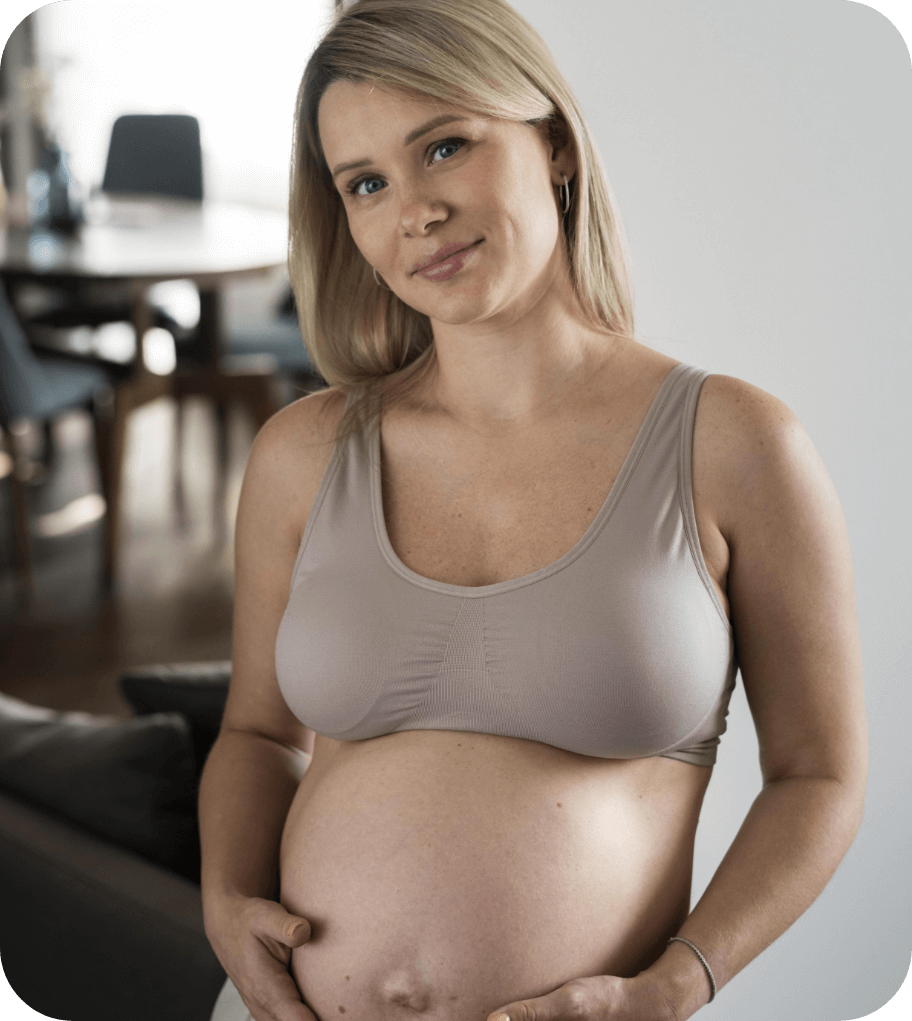Breast Cancer Awareness in October: Understanding and Living with Breast Cancer
Breast cancer is one of the most common cancers affecting women in Australia, making it a significant public health concern. As awareness around the disease grows, with October being recognised as Breast Cancer Awareness Month, early detection and improved treatment options have significantly increased survival rates. However, it’s still incredibly important to understand the disease, its prevalence, and the steps everyone can take to detect it early and manage it effectively.
Understanding Breast Cancer
Breast cancer occurs when abnormal cells in the breast grow uncontrollably, forming a tumour. These tumours can be benign (non-cancerous) or malignant (cancerous). If malignant, the cancer cells can spread to other parts of the body, a process known as metastasis. Breast cancer can develop in different parts of the breast, including the ducts (ductal carcinoma), lobules (lobular carcinoma), or in rarer cases, other tissues.
Prevalence of Breast Cancer
Breast cancer is the most common cancer diagnosed in Australian women, with one in eight women expected to be diagnosed with the disease by the age of 85. In 2023, it was estimated that approximately 21,000 new cases of breast cancer would be diagnosed, accounting for about 14% of all new cancer cases in the country, and equating to roughly 58 people every day.
The survival rates for breast cancer in Australia are among the highest in the world, reflecting the effectiveness of our country’s healthcare system in managing the disease. The five-year relative survival rate for breast cancer in Australian women is around 92%, meaning that 92% of women diagnosed with breast cancer are likely to survive for at least five years after their diagnosis, compared to the general population.
Survival Rates
The survival rate for breast cancer varies depending on the stage at which the cancer is diagnosed, with early-stage cancers having the highest survival rates.
Cancers detected at Stage 1, where the tumour is small and confined to its original site, typically have a survival rate of 100%, while cancers diagnosed at Stage 4, where the disease has spread to nearby tissues or distant organs, have the lowest survival rate at 32%. Breast cancer diagnosed at either Stage 2 or 3 has a survival rate between 95% and 81%.
Breast Cancer Across Different Age Groups
While breast cancer can occur at any age, the risk increases as women grow older. Women over 50 are at a higher risk, with most breast cancers diagnosed in this age group. However, younger women can and do get breast cancer. For this reason, awareness and education about breast cancer should not be limited to older women.
In younger women, breast cancer is often diagnosed at a later stage because routine screening is not typically recommended until age 50. This highlights the importance of being vigilant about breast health at every age and seeing medical advice if any unusual changes occur.
Importance of Self-Exams
Regular self-exams are a simple and effective way to detect breast changes early. While self-exams are not a substitute for mammograms or clinical exams, they can help women become familiar with their breasts and notice any changes more quickly.
Here’s a step-by-step guide to performing a breast self-exam:
- Visual Inspection: Stand in front of a mirror with your shoulders straight and arms at your hips. Look for any changes in the shape, size, or appearance of your breasts, including dimpling, puckering, or redness.
- Raise Your Arms: Raise your arms and look for the same changes. Also, check to see if both breasts move evenly when you lift your arms.
- Feel for Lumps Lying Down: Lie down and use your right hand to feel your left breast, and your left hand to feel your right breast. Use a firm, smooth touch with the first few fingers of your hand, keeping the fingers flat and together. Cover the entire breast from top to bottom and side to side, from your collarbone to the top of your abdomen, and from your armpit to your cleavage.
- Feel for Lumps Standing or Sitting: Finally, feel your breasts while standing or sitting, typically easiest in the shower. Cover the entire breast, using the same hand movements described earlier.
Living with Breast Cancer and Beyond
A breast cancer diagnosis can be overwhelming, but it is important to remember that many people live long, fulfilling lives after treatment. Treatment options have expanded significantly and may include surgery, radiation therapy, chemotherapy, hormonal therapy, and targeted therapies. The choice of treatment depends on various factors, including the type and stage of cancer, as well as the patient’s overall health and personal preferences.
Beyond medical treatment, emotional and psychological support is crucial for those living with breast cancer. Support groups, counselling, and mental health services can help individuals and their families cope with the emotional challenges that often accompany a cancer diagnosis.
Breast cancer remains a significant health issue in Australia, but increased awareness, early detection, and advancements in treatment have greatly improved outcomes. Regular self-exams, awareness of risk factors, and knowing when to seek medical advice are critical components of breast cancer prevention and care. Whether you’re in your 20s or your 70s, being informed and proactive about breast cancer can make all the difference. Remember, early detection saves lives—so take charge of your health and encourage others to do the same.
